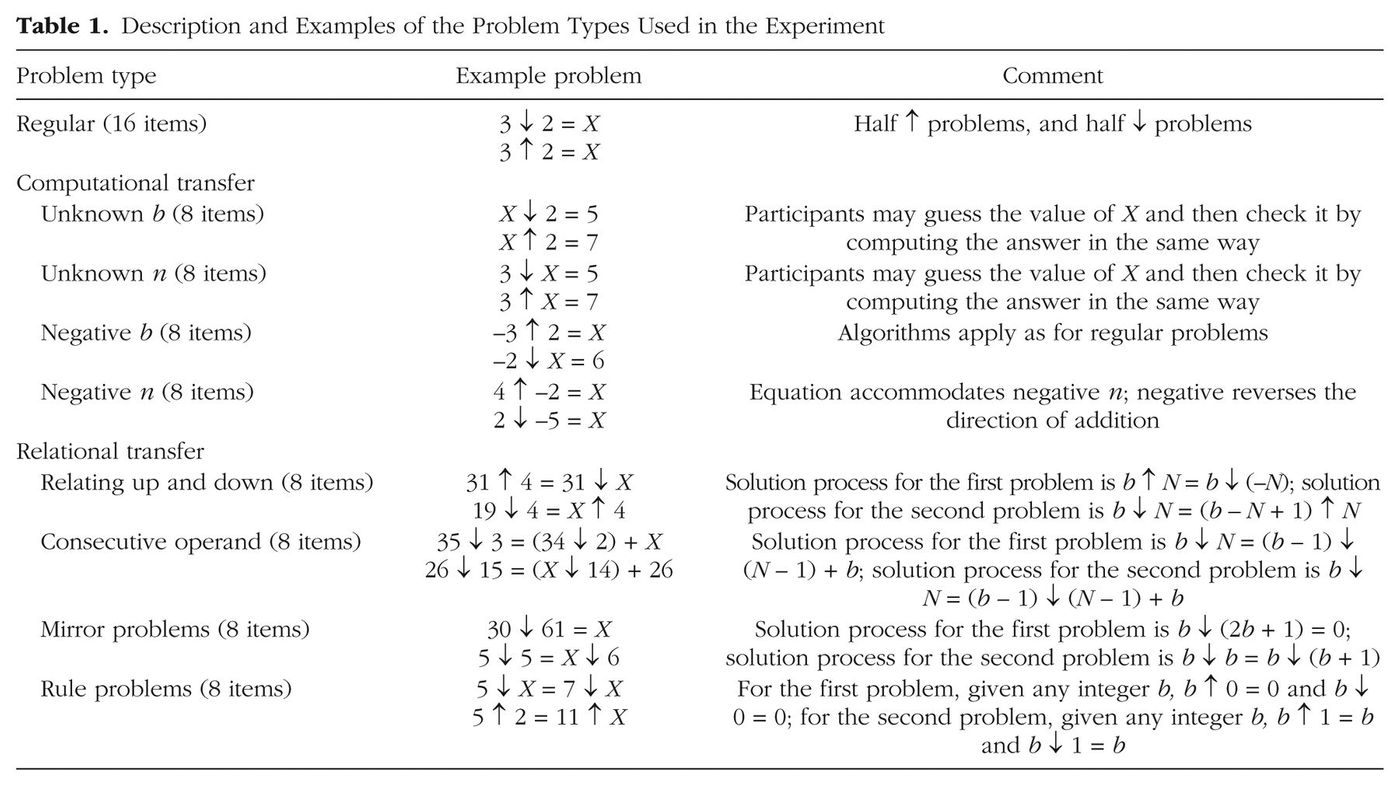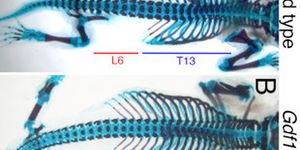How do we learn and is there a way to optimize learning? These kinds of questions are at the center of John Anderson’s career. Anderson is the R.K. Mellon University Professor of Psychology and Computer Science at Carnegie Mellon University and has spent his career developing a unifying theory of cognition. This kind of work is very practical, as Anderson believes the results can be directly applied to the classroom “ in the form of improving cognitive tutors by creating models that match the brain activation and thinking patterns” used to solve all kinds of problems. The main goal of his work is to improve and optimize the way students learn.

Depiction of problem-solving stage and duration for various types of math problems. For full explanation, see Figure 1 in Anderson et al. Psych Sci, 2016.
To that end, Anderson, along with colleagues Aryn Pyke and Jon Fincham, have recently published a paper in
Psychological Science that investigated the various steps the brain goes through while solving a math problem. By using fMRI and advanced statistical models, the researchers were first able to identify four distinct stages of problem-solving: encoding, planning, solving, and responding. The fMRI data was analyzed with a combination multivoxel pattern analysis (MVPA) and hidden semi-Markov model (HSMM). The MVPA tells the researchers what stage the participant is in by identifying a specific pattern of brain activity and the HSMM tells the researchers the duration of the stage.
Once Anderson and colleagues established the various stages and their duration in participants solving the “regular” math problems, they introduced variations on the math problems. The variations were deliberately designed to manipulate one stage in the problem solving process. The goal was “to verify the psychological reality of the stages that are revealed by these HSMM-MVPA methods by testing whether experimental manipulations affected appropriate stages.” What they found was that, by changing the math problem to affect one variable, such as changing the problem to require more planning in order to solve, the duration of the planning stage increased. For example, by changing the “regular” problem to a “relational” problem, they saw an increase in the duration of the planning stage and a decrease in the duration of the solving stage, reflective of the fact that these types of problems require more planning, but once they are planned out, are very easy to solve.
While this actual study is itself not directly applicable to student learning in the classroom, the combined and validated HSMM-MVPA method does provide a better way to evaluate the neurological stages of complex problem-solving. Being able to visualize the different stages of problem-solving and how long each stage lasts depending on the structure of the problem is a huge step in research on cognition.
Sources:
EurekAlert and
Psychological Science










